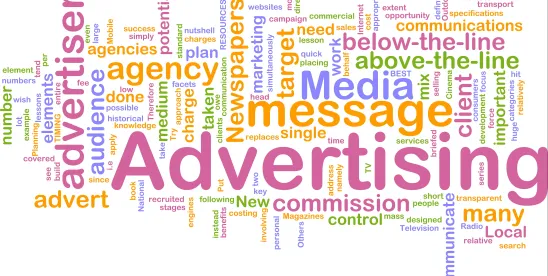On September 9, 2025, the U.S. Department of Health & Human Services (HHS) and the U.S. Food & Drug Administration (FDA) issued thousands of letters warning pharmaceutical companies to remove “misleading” advertisements and issued approximately 100 cease-and-desist letters to companies with “deceptive” advertisements, according to an FDA news release. In addition to these letters, FDA plans to initiate rulemaking to limit, or possibly ban, drug advertisements.
In the news release, FDA states it is concerned that drug advertisements do not present a “fair balance” of information about drug products, especially in relation to how side effects are presented. Although FDA acknowledges that advertisements can raise awareness of disease states and beneficial therapies, it warns that current law requires advertisements to disclose risks and limitations in order to not mislead or deceive consumers. FDA states that it is simply enforcing current law, but this change marks a major shift in FDA’s enforcement approach to drug advertising, as discussed below.
Changing Enforcement Priorities
The warning letters mark a significant change with respect to FDA’s position on direct-to-consumer (DTC) prescription drug advertising. The letters broadly require the recipient pharmaceutical company “to remove any noncompliant advertising and bring all promotional communications into compliance.” The letters note that current law requires that advertisements:
- present a fair balance between a product’s risks and benefits;
- avoid exaggerating benefits;
- not create a misleading overall impression;
- properly disclose financial relationships; and
- include information regarding major side effects and contraindications.
The news release asserts that FDA is merely enforcing, not changing, existing law, and that it has been “increasingly lax” in its enforcement approach over the last few decades despite widespread violations. Initiation of future rulemaking addressing this issue has the potential to further impact the DTC drug advertising landscape.
Proposed Rulemaking
Before 1997, pharmaceutical companies were required to list all possible side effects of a medication, which made advertisements long and less practical. In 1997, however, FDA adopted an “adequate provision” standard that allows advertisements to disclose fewer side effects if the advertisement encourages consumers to seek more information (for example, to talk to their doctor, call a phone number, or visit a website). See 21 C.F.R. § 202.1(e)(1).
The news release describes this “adequate provision” standard as a “loophole” and states that FDA is initiating rulemaking to close the “loophole,” which signals that FDA is likely intending to revise the regulation to require pharmaceutical companies to list all side effects.
Why Now?
This change has been a priority for HHS Secretary Robert F. Kennedy Jr. who claims in the news release that “[p]harmaceutical ads hooked this country on prescription drugs” and contributes to the “cycle of overmedicalization that drives America’s chronic disease epidemic.” The news release points to the rise of social media, which includes undisclosed paid influencer promotion that “has blurred the lines among editorial content, user-generated media and pharmaceutical advertising, making it increasingly difficult for patients to distinguish between evidence-based information and promotional material.”
In addition, the rise of advertising by telehealth companies has further raised concerns from lawmakers about the potentially misleading nature of DTC drug advertisements. For example, Republican Senator Roger Marshall of Kansas and Democratic Senator Dick Durbin of Illinois sent a letter to FDA regarding a telehealth company’s Super Bowl advertisement, claiming it failed to disclose key safety and risk information. These concerns have likely been exacerbated by the major increase in advertisements for GLP-1 weight loss medications.
What Happens Next?
Interestingly, the U.S. and New Zealand are the only countries to allow DTC drug advertising. Altering the U.S. enforcement approach and rules regarding DTC drug advertising will bring it closer in line with international approaches to DTC drug advertising. However, both pharmaceutical companies and media outlets rely heavily on this multi-billion-dollar industry and could face significant financial impacts from increased enforcement. According to a report by advertising data firm MediaRadar, drug companies spent $10.8 billion on DTC advertising in 2024.
We expect to see continued aggressive enforcement from FDA and possibly other agencies such as the Federal Trade Commission and Department of Justice. FDA will likely target companies that advertise on social media and telehealth companies who rely on DTC advertising as a core part of their business model. It is possible that this shift in enforcement will be challenged in court under the First Amendment. However, the FDA’s new more aggressive enforcement approach is likely to remain in place throughout any appeals process.
Want to Learn More?
- Health Care Marketing Enforcement: FTC Targets Telehealth Company for Deceptive Weight Loss Marketing Claims
- Direct-to-Consumer Drug Ads Are Under Attack – Pharmaceutical Companies Beware
- AI-Powered Text Messaging by Digital Health Companies: Supreme Court Raises the Stakes
- GLP-1 Drugs: Ohio Board of Pharmacy Issues FAQs for Compounders







 />i
/>i

